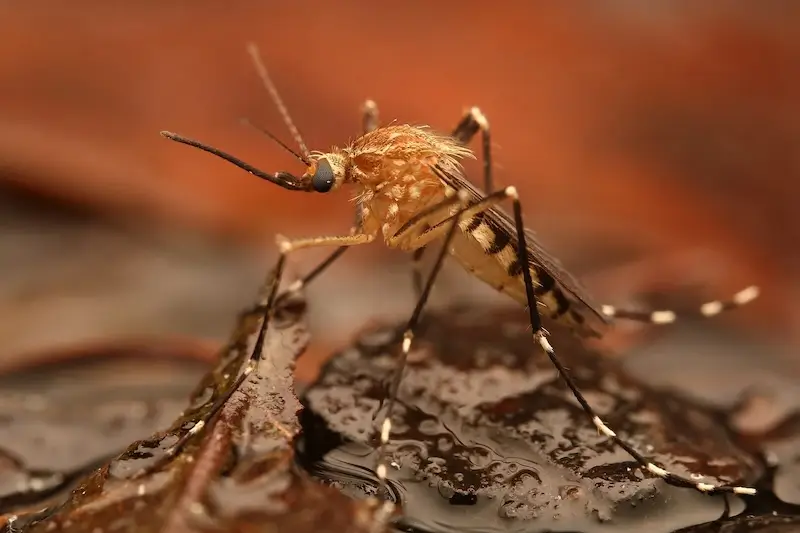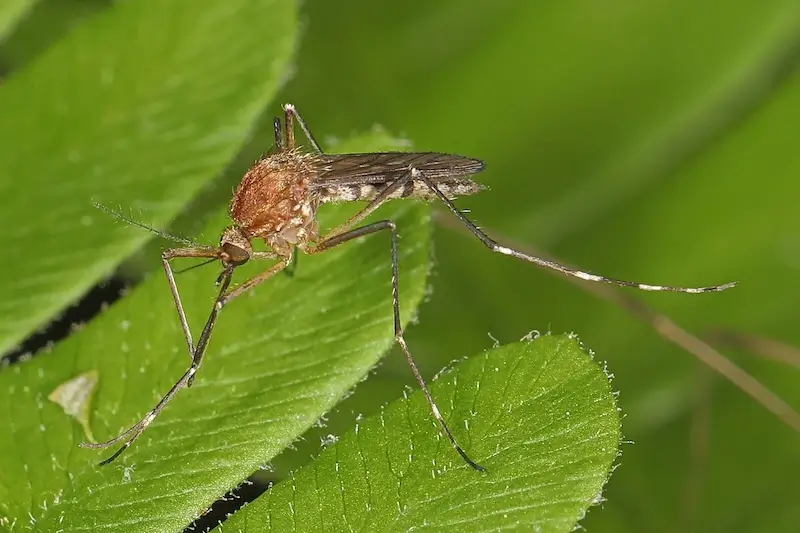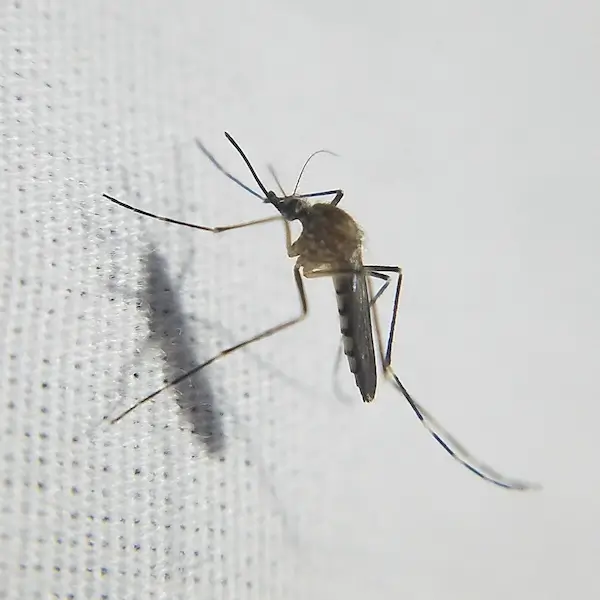
Woodland Mosquito Identification

The natural beauty of North Carolinas woodlands is unrivaled—but those stunning landscapes also serve as prime breeding grounds for several aggressive mosquito species, especially the woodland mosquito.
Table of Contents
Why Woodland Mosquitoes Are a Concern
The woodland mosquito, particularly the aedes canadensis, is a common species throughout eastern North America and parts of northern North America. Known to persistently bite people and animals alike, this species thrives in shaded, moist environments like pools, small stream beds, and woodland pools filled with fallen leaves and emergent vegetation.
Although they are seldom troublesome in urban areas, populations can be extremely abundant in wooded or rural environments, especially during early June and late spring, when the conditions from late winter melt and rain create ideal breeding pools.
Identifying Woodland Mosquitoes
Proper mosquito identification is essential to getting rid of these pests fast. The woodland pool mosquito (aedes canadensis) is characterized by contrasting white banded tarsi and dark body markings. These features help distinguish it from asian tiger mosquito (aedes albopictus), another highly aggressive species found all across the globe.

Specimens of aedes canadensis have been widely documented by the Walter Reed Biosystematics Unit, British Museum, and American Mosquito Control Association. Their natural history is well-researched and continues to evolve as entomologists investigate its role as a primary vector or secondary vector in the transmission of disease.
Where Do Woodland Mosquitoes Breed?
Aedes canadensis grow and develop in semi-permanent woodland pools, open pools, and standing water that collects in shaded, swampy areas. These breeding sites are frequently found in wooded areas with little shade, where fallen leaves trap moisture and create the perfect ecosystem for larvae hatch.

The Risks of Woodland Mosquitoes
While many people associate tropical mosquitoes with disease, the woodland mosquito can also carry dangerous viruses. Research has shown their ability to transmit west nile virus, eastern equine encephalitis, and california encephalitis, making control vital in areas where females feeding on both large and small mammals can bridge diseases between animals and humans.
Because aedes canadensis feeds on large and small animals, including surrounding turtles, small mammals, and birds, the opportunity for zoonotic disease transfer increases, especially where populations are dense.
The Role of Aedes Canadensis in Disease Transmission
While not always the primary vector, aedes canadensis has been implicated as a secondary vector in the spread of several mosquito-borne viruses. With a wide range across the western part and southern parts of North America, it remains one of the most widely distributed mosquito types in the continent.
According to workers suggested by entomological studies, the distribution aedes canadensis occurs mostly in forested, moist environments.
When and How Woodland Mosquitoes Bite
Females feeding in woodland species tend to be active in the early evening, though recorded swarming events can also occur in the early morning or during overcast daylight hours. These mosquitoes use chemical and heat cues to locate hosts and are known to deliver itchy, irritating bites to humans and animals alike.

Recently emerged females typically begin obtaining nectar before seeking out blood meals necessary for reproduction. This cycle is central to mosquito behavior and why adult mosquito control efforts need to take it into account.
How We Manage Woodland Mosquitoes
A-1 Pest Control takes a multi-step approach that targets all life stages of the woodland pool mosquito, while focusing on environmental preservation.
Step 1: Inspection
We look for standing water, check vegetation, and assess conditions around wooded areas and your property’s perimeter.
Step 2: Larval Treatment
After identifying areas where larvae hatch, we apply EPA-approved larvicides or introduce natural predators when possible. This disrupts the mosquito life cycle without harming the environment— including your family and pets.
Step 3: Adult Mosquito Reduction
For areas experiencing high adult activity, we use foggers and repellents in early evening when mosquitoes are most active. Strategic applications protect both people and pets from getting bitten.
Step 4: Long-Term Prevention
We’ll guide you through best practices, such as eliminating open pools and reducing brush or leaf litter that harbors non eggs and adult mosquitoes. Clients also receive habitat management tips to discourage future infestations.
FAQs: What You Should Know About Woodland Mosquitoes
Are mosquitoes worse in wooded areas?
Yes. Wooded areas create a natural haven for mosquito species like aedes canadensis due to shade, moisture, and abundant breeding sites like semi-permanent woodland pools.
What is the woodland malaria mosquito?
While malaria is rare in North America, anopheles punctipennis, which shares habitat with aedes canadensis, has been involved in malaria transmission in historical cases. These mosquitoes prefer shady areas and persistently bite people, making them dangerous to people.
What happens if a tiger mosquito bites you?
A tiger mosquito bite can lead to swelling, itching, and discomfort. More importantly, the asian tiger mosquito is a known vector for yellow fever, west nile virus, and other pathogens, including dengue and Zika, outside of North America.
What is the most aggressive mosquito?
The asian tiger mosquito is often considered the most aggressive due to its willingness to persistently bite people during daylight hours and its adaptability to urban and rural environments alike.

